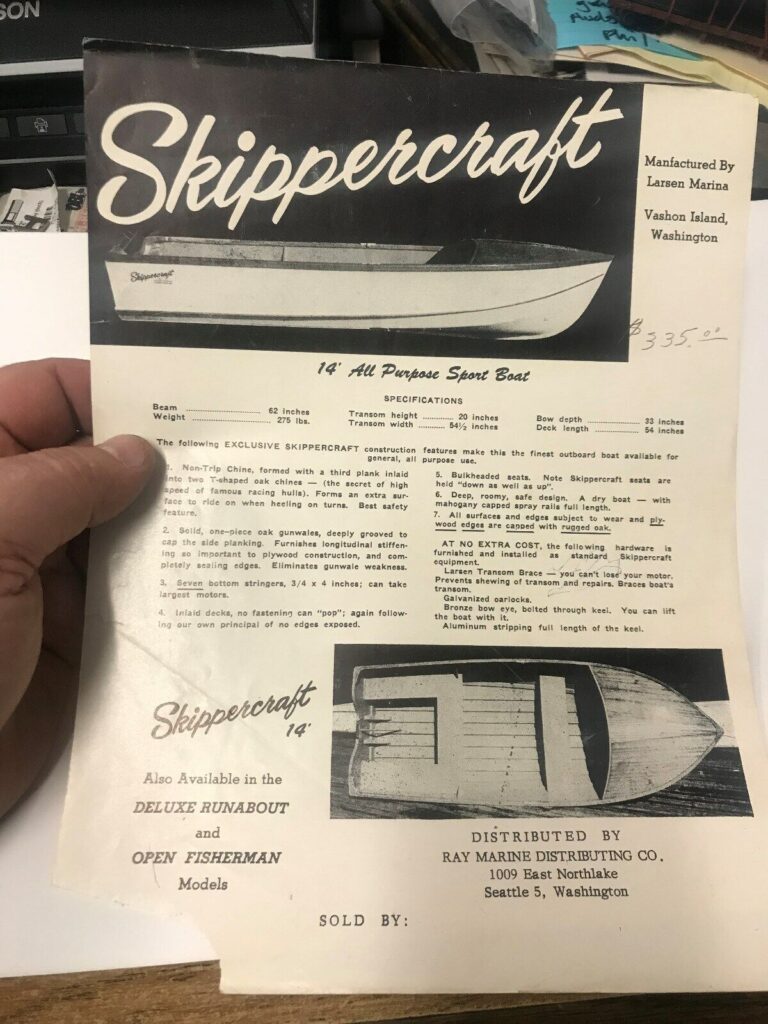By Seán Malone and John Sweetman
I hired a crew to reroof the cabin. After 60 years, the leaks and weight of the moss had compromised the roof. There are just some things that have to be done, whether you need to or not.
John and I were watching the workmen, and were grateful we were not up on the roof where gravity was not going to be your friend. The view would have been great, had it not been raining, and we could see practically the same view from the large window in the cabin, where we could contemplate the benefits of retirement. Warmer and drier is always good.
At that point, we heard a slight commotion on the roof as one of the younger lads assisting was being admonished for bringing a wrong tool up to the experienced roofer.
We looked at each other and both acknowledged our early work as “gophers.” As in, “Go bring me this,” and “No! Go back and bring me the tool I asked for!”
That’s how we began working for actual wages, as Seán will relate below.
It was 1952, and I was looking for work for the summer. It was a three-quarter mile walk from my house to the pier at Cove, the home of Skippercraft Boats. Harry Larsen hired me to sweep the floors. It was only later that I was allowed to work on the boats.
My work was wiping stain and filler off the Mahogany foredeck of a Skippercraft 17-footer, and Harry Larsen was watching over my shoulder as he was wont to do. “Seán, you have to wipe the stain and filler off faster lest it dry and give the Mahogany a muddy-looking finish.” I was 12 years old and making 75 cents an hour. I didn’t mind advice from the owner and inventor of Skippercraft boats.
I was using a burlap bag to rub the excess stain and filler off the beautiful Mahogany foredeck, and as I rubbed harder, the grain of the Mahogany came out, and the finish didn’t have that “muddy” look anymore.
It was almost a mile from our house to the Cove marina, and I walked it both ways to get to work. When lunchtime came, the carpenters would retire to the dock to eat. They couldn’t smoke in the building because of fire danger, and instead chewed tobacco. Some took Snoose or Copenhagan, while others chewed Brown’s Mule, which had to be carved off the “plug.” I was offered the latter one day to chew after dinner, went upstairs to sweep, and lost my chew of Brown’s Mule on the sawdust-covered floor.
The next day, I was at the Cove store and bought a plug of Brown’s Mule, because it made me feel more manly and accessible to the problems at hand. What a mistake! I chewed for 60 years, and remain taking it on occasion. It seems to enhance my life, and what I have left of it, even though I know it’s a bad habit.
Harry Larsen had modeled the design of his boats after the infamous PT (patrol, torpedo) boats of World War II. Harry’s design led to a flat bottom that left no wake. Dad told us years ago that a flat wake indicated efficient design, and a boat that pushed a lot of water was of poor design. Bruce Haulman still has one of these early Skippercraft stored in Burton.
I never forgot the skill of rubbing stain to bring out the beauty in wood.
John will tell his story in the next Vashon Loop.

